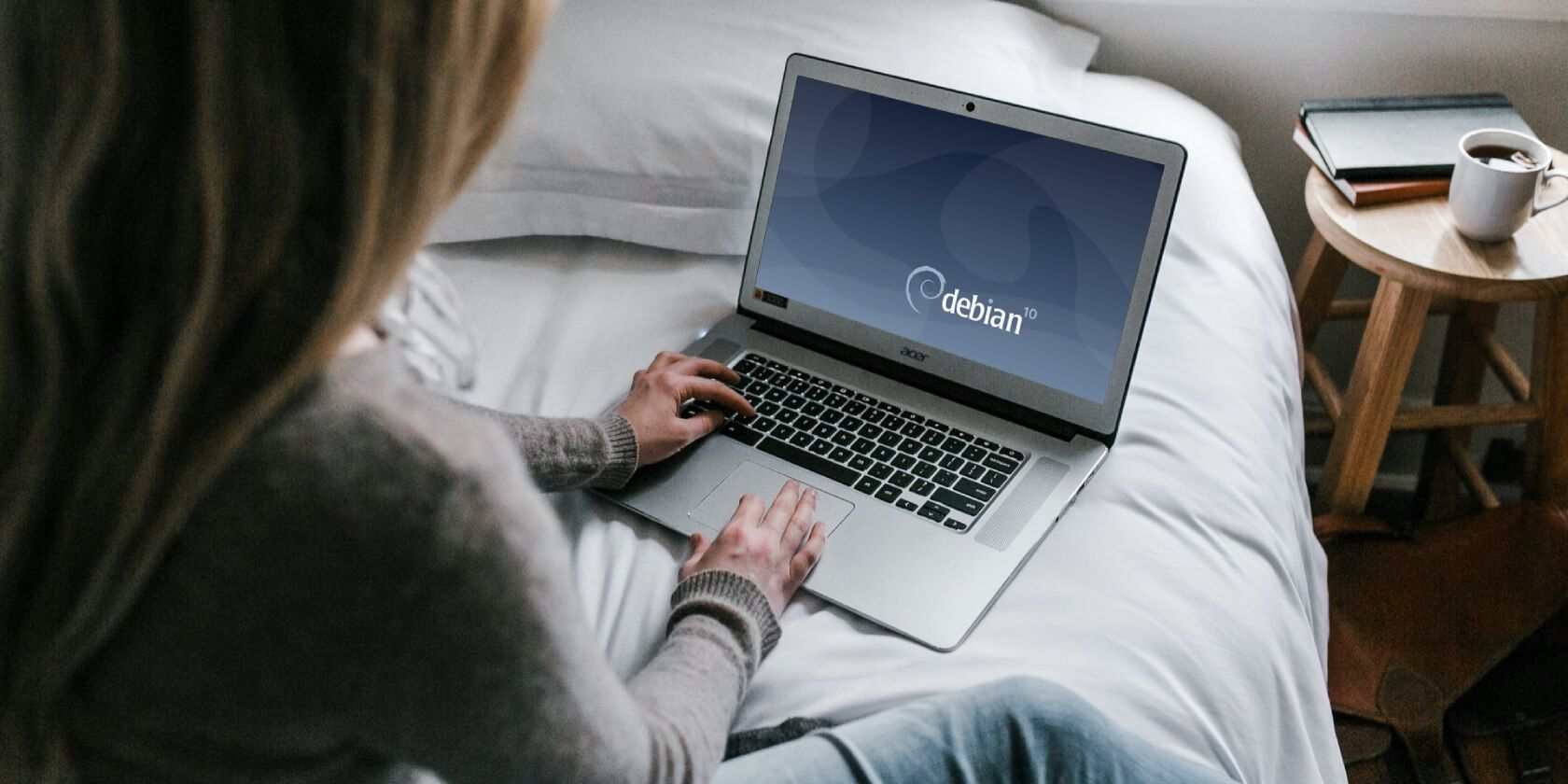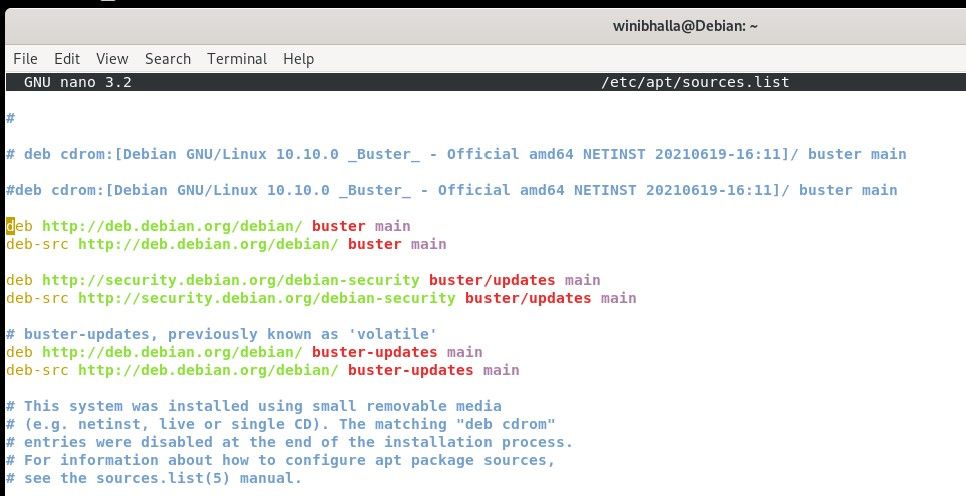Debian 11, codenamed Bullseye, is the latest release that comes with several crucial improvements over Debian 10. The developers are yet to roll out a stable version; however, users can expect significant differences over its predecessor.
If you plan to upgrade from Debian 10 Buster to 11 Bullseye without breaking a sweat, then it’s time to hop on the bandwagon and carry out a simple upgrade.
Pre-Requisites
- Create a full system backup of your important data and files at the very least. The upgrade process is pretty straightforward; nevertheless, it is vital to take all necessary data precautions before upgrading.
- Remove any system packages which weren’t a part of your current Debian version or any external repositories.
- Some services might face interruptions during the transition, therefore, avoid keeping any applications running during the process.
Upgrade Debian 10 Buster to 11 Bullseye Linux
Here's a step-by-step guide to upgrade Debian from version 10 to 11.
Step 1: Update Your System
As a first step, it is essential to ensure all the pre-installed packages on your system are up to date. Run the following command to update your system package list and upgrade the packages to the latest version.
sudo apt update && sudo apt upgrade
Next, install the gcc-8-base package by issuing the following command:
sudo apt install gcc-8-base
Verify the currently installed Debian version by reviewing the output of the following command:
cat /etc/os-release
Output:
Note the version information next to the VERSION_ID label in the output above. In this case, the system is running Debian version 10.
Step 2: Replace Debian 10 Repositories With Debian 11 Ones
Edit the sources.list file to replace current repository addresses with Bullseye-specific ones. You can open the sources.list file using a text editor like nano:
sudo nano /etc/apt/sources.list
Add the Pound (#) character before all the repository links to disable every existing entry for Debian 10.
Add the following lines at the end of the file.
deb http://deb.debian.org/debian bullseye main contrib non-free
deb http://deb.debian.org/debian bullseye-updates main contrib non-free
deb http://security.debian.org/debian-security bullseye-security main
deb http://ftp.debian.org/debian bullseye-backports main contrib non-free
Press Ctrl + O to save the file and Ctrl + X to exit nano.
Step 3: Verify Source List Configuration
Update the system repository list once to verify the addition of the repositories.
sudo apt update
If the output shows no error message, then you have successfully upgraded the sources.list file.
Step 4: Upgrade the System to Debian 11
In the final step, you can upgrade the system’s pre-installed packages safely to the newest version by running the following command:
sudo apt full-upgrade
During this process, text wizards will appear on the screen frequently. Follow the steps mentioned on the prompt manager to continue with the process.
The system will ask for permission to download and install the required packages. Type yes and press Enter.
Note: Ensure that the system remains awake while the process is running.
Step 5: Restart the System
After finishing the upgrade, you can restart your system to finalize the process.
sudo reboot
Step 6: Confirm Your Brand-New OS Version
To check if your system’s OS has been upgraded from Debian 10 Buster to Debian 11 Bullseye, run the command below and check the VERSION_ID variable.
cat /etc/os-release
Upgrade Debian to Get Ready for the Future
Millions of desktops and servers are currently running Debian worldwide. The next stable version is Debian 11 Bullseye, which succeeds its existing iteration. Since Bullseye is still in its testing stage, you might face a few issues after upgrading your system.
Rest assured, it's not going to be long before the stable version is released, and things will be a lot smoother for your system upgrades. Till then, you can try to install and manage software packages on Debian-based Linux distros to explore more of its functionalities.



